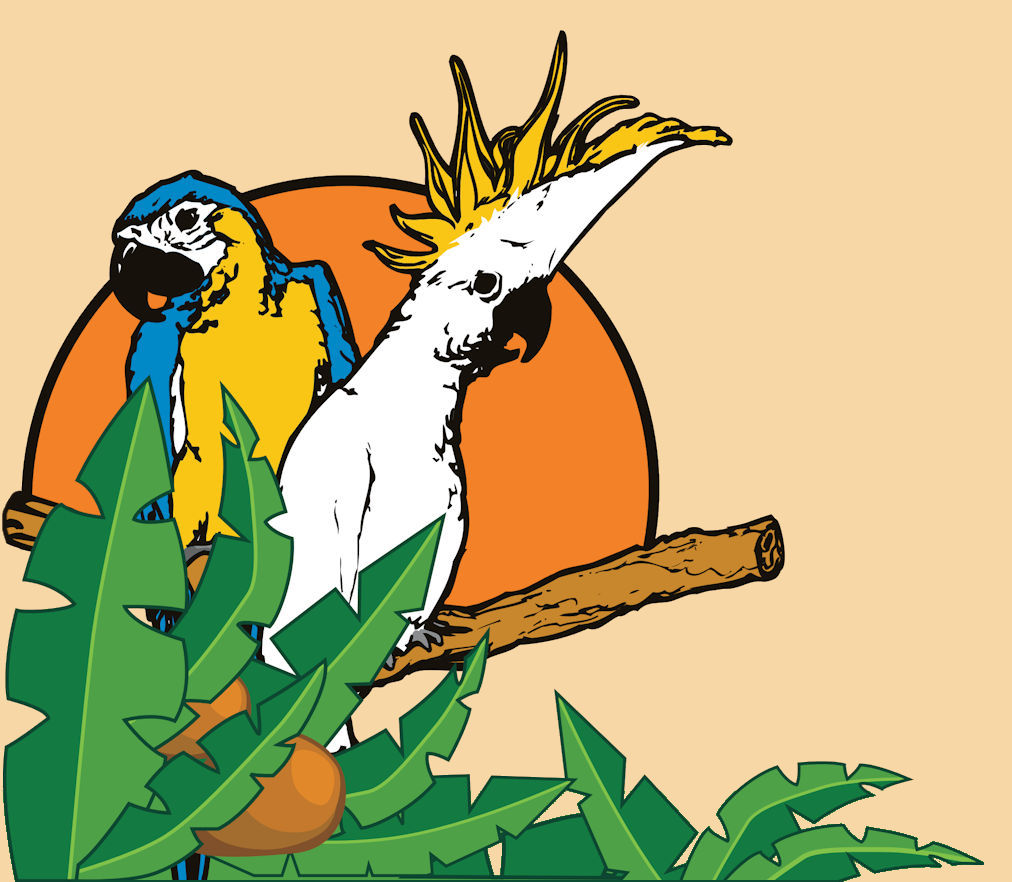It’s a stereotypical scene, from Pirates of the Caribbean and other high sea adventures, to Baretta, Polly, and almost any film with a parrot involved- the parrot on the shoulder. This may look cute, and it certainly frees up your hands, but most current bird books and advice articles agree with keeping birds off the shoulder, but why?
A common view is that birds that are higher than your eye level will display dominance and height aggression. It certainly seems that way when you ask your parrot to “step-up” from your shoulder or cagetop / playstand and he growls, nips, and lunges. A newer perspective this behavior is that your parrot feels more secure. Sometimes, trying to remove them from their comfort zone will cause them to behave the same way, but it should be interpreted as defensive, not aggressive.
With a new bird, it is best left off the shoulder for a number of reasons:
– The bird may not be trained to sit on shoulders.
– The bird can easily reach out to bite your ears or face.
– You want to keep all your piercings and jewelry intact.
– It is important to first establish basic step-up commands with the bird on your hands.
With a bird that you have an established relationship with, there are still some guidelines:
– Does your bird step-up from your shoulder when asked without biting or running?
– Does your bird step-up from within or on top of the cage without biting or running?
– Is your bird calm around new people or new environments?
Even when startled or scared, a very tame bird may bite to catch itself from falling or as a warning.
If the answer to any of these is “NO”, it’s a good idea to go back to the basics. Not only is the step-up command an important training tool, it is a way to build trust and confidence. In many ways, the shoulder should be a privilege once a good relationship with the bird has been established.
